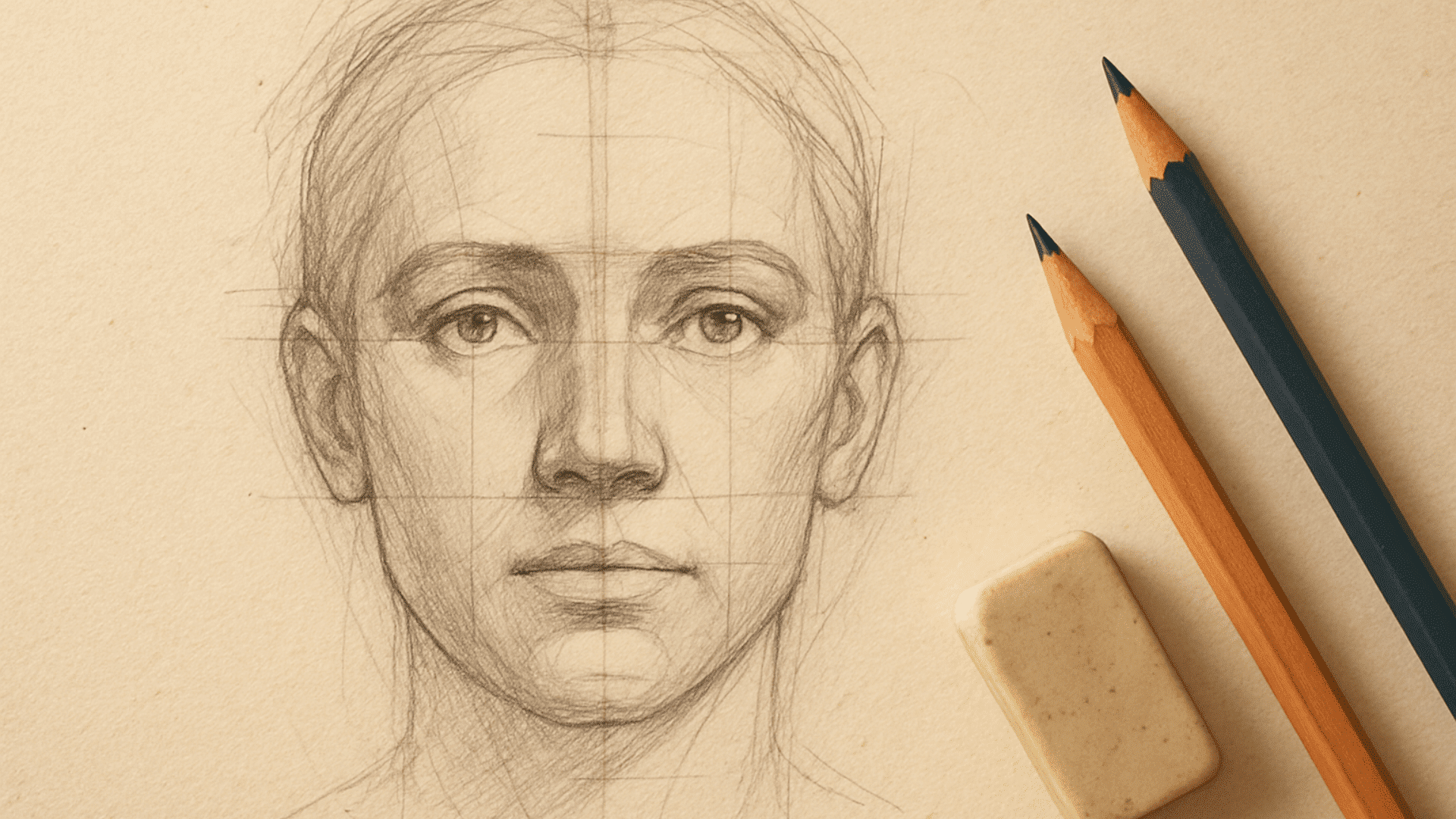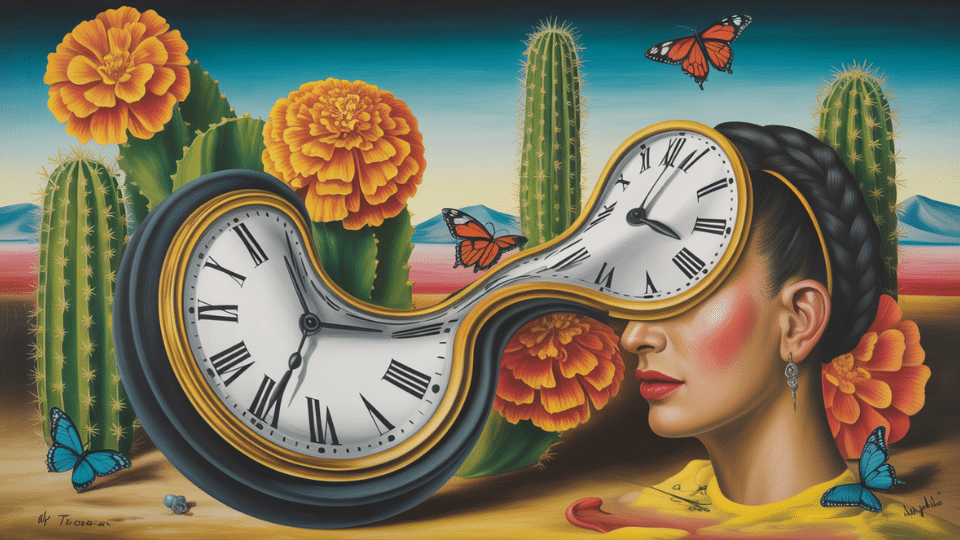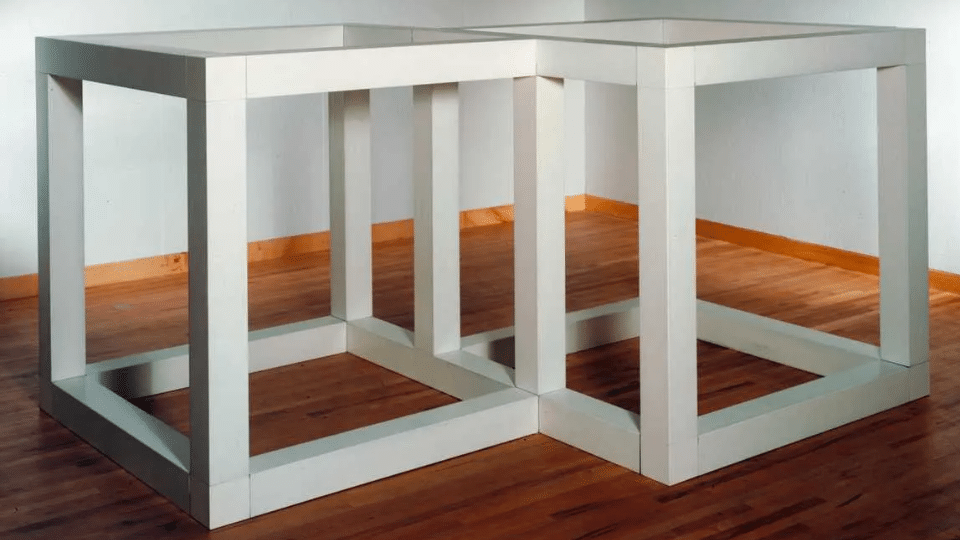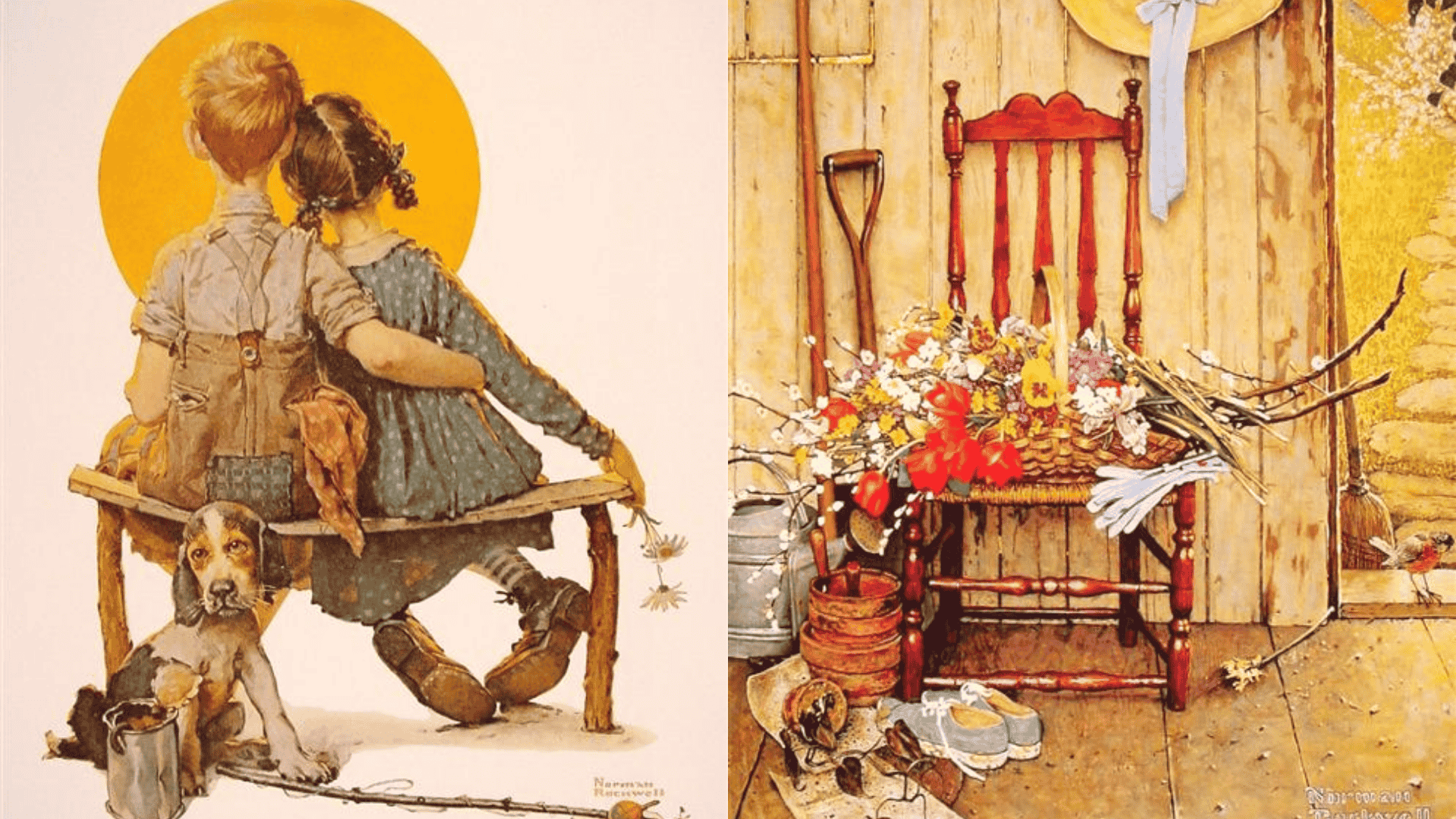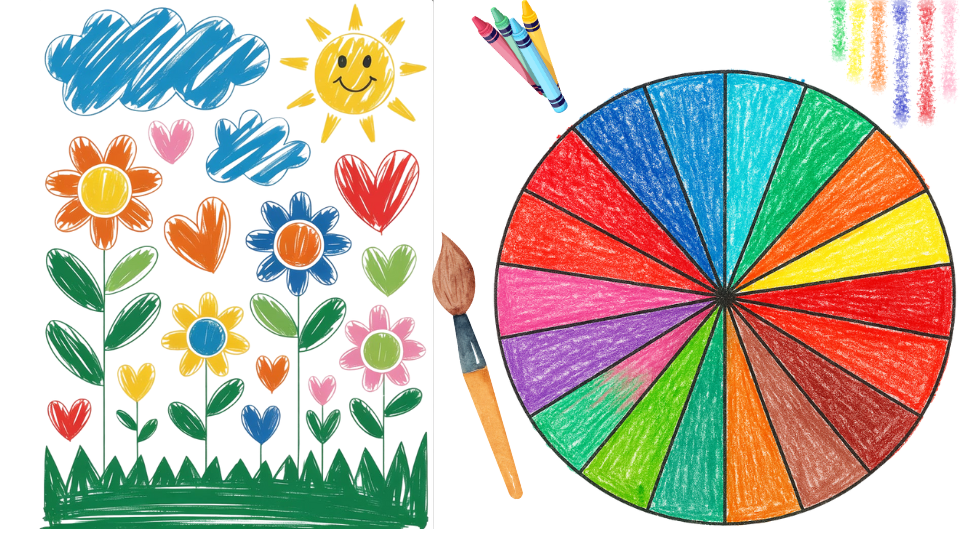Since humans first etched images on cave walls, we’ve been driven to capture the world around us through visual storytelling.
Figurative art, the practice of depicting recognizable subjects like people, animals, and objects, remains one of the most compelling forms of artistic expression, bridging centuries of human creativity with raw emotional power.
Unlike abstract or conceptual works, figurative pieces speak a universal language that connects viewers instantly to familiar forms and feelings.
From Renaissance masters to digital NFT creators, learn how this evergreen art form has evolved while maintaining its magnetic pull on audiences worldwide.
Understanding the Basics of Figurative Art
It depicts real objects, primarily human figures, but also animals, landscapes, and everyday objects, capturing recognizable subjects that viewers can immediately identify and relate to through shared visual experience.
Contemporary figurative art continues this tradition while incorporating modern techniques, styles, and cultural perspectives. Artists use light, shadow, color, and texture to create depth and dimension.
While realism aims for lifelike accuracy, it encompasses various styles from detailed photorealism to loose, expressive interpretations that maintain recognizable forms while allowing creative freedom.
The Origin of Figurative Art
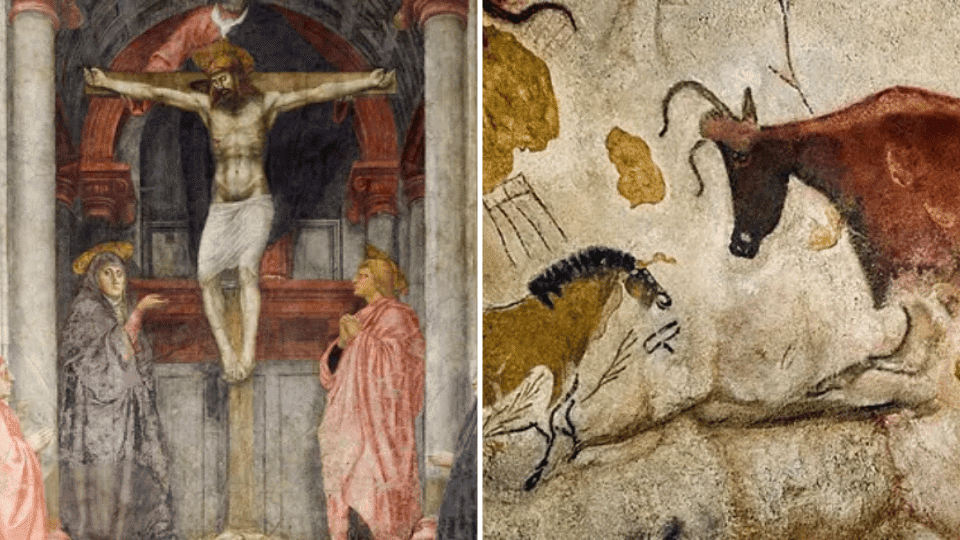
Understanding figurative art’s enduring appeal requires looking back at its ancient roots, where humanity’s impulse to represent the visible world first emerged and evolved through dramatic cultural shifts.
Prehistoric and Ancient Depictions
The story of art begins over 40,000 years ago, with early humans painting animals, handprints, and hunting scenes on cave walls in places like Lascaux, France, and Altamira, Spain.
Ancient civilizations advanced figurative art: Egyptian artists adhered to strict conventions depicting pharaohs and gods with symbolic poses, while Greek sculptors aimed for idealized human forms, celebrating athletic beauty and divine perfection.
Romans added realism with portrait busts capturing facial features. These traditions established key principles of proportion, anatomy, and expressive power.
Medieval to Renaissance Change
Medieval European art focused on religious storytelling rather than realism, using flat, stylized figures to convey spiritual meaning.
The Renaissance masters Leonardo da Vinci, Michelangelo, and Raphael studied anatomy, mastered perspective, and used oil techniques to achieve realism.
They portrayed religious subjects as tangible humans with realistic bodies, expressions, and settings. This period established art as the peak of artistic achievement, setting standards of technical and humanistic excellence.
Figurative Art in the Modern Era

The late 19th and 20th centuries brought seismic shifts to the art as artists challenged traditional approaches while maintaining recognizable subject matter.
The 1870s marked a pivotal moment when Impressionist painters revolutionized art by capturing fleeting moments and atmospheric effects rather than precise details.
This loose approach maintained figurative representation while breaking from rigid academic conventions.
- Impressionism’s Light and Movement: Artists like Claude Monet, Pierre-Auguste Renoir, and Edgar Degas painted recognizable figures, dancers, cafe patrons, and people in gardens, but prioritized light, color, and spontaneous brushwork over sharp anatomical accuracy.
- Expressionism’s Emotional Intensity: Artists like Edvard Munch, Ernst Ludwig Kirchner, and Egon Schiele distorted human forms to convey intense psychological states and raw emotion through exaggerated proportions, vivid colors, and agitated brushwork.
Figurative Art Vs Abstract Art in the 20th Century
Understanding the fundamental differences between these approaches clarifies why both remain vital in modern art, each offering unique ways to communicate ideas, emotions, and aesthetic experiences.
| Aspect | Figurative Art | Abstract Art |
|---|---|---|
| Subject Matter | Depicts recognizable objects, people, animals, or scenes from the visible world | Uses shapes, colors, lines, and forms without representing real-world subjects |
| Primary Goal | Represents reality or interprets the human experience through identifiable forms | Find pure visual elements, emotions, or concepts through non-representational means |
| Viewer Connection | Relies on shared visual recognition and narrative associations | Depends on emotional or intellectual response to formal elements |
| Technical Foundation | Requires understanding of anatomy, perspective, and proportion | Focuses on composition, color theory, and spatial relationships |
| Notable Artists | Lucian Freud, Francis Bacon, Alice Neel, David Hockney | Wassily Kandinsky, Piet Mondrian, Jackson Pollock, Mark Rothko |
| Communication Style | Tells stories or conveys meaning through recognizable imagery | Expresses feelings or ideas through visual language alone |
Contemporary Figurative Art

Source: artnet.com
Today’s figurative artists are rewriting the rules of representation, blending centuries-old techniques with cutting-edge technology to create work that speaks to our complex, interconnected world.
1. Redefining the Human Form
Contemporary figurative art has exploded beyond traditional painting and sculpture, accepting new technologies and materials that expand what representational work can achieve.
Modern artists maintain the core principle of depicting recognizable subjects while revolutionizing how they create and present their work.
- Digital Tools and Software: Artists use programs like Procreate, Photoshop, and 3D modeling software to sketch, refine, and even complete figurative works entirely on digital platforms, allowing for experimentation impossible with traditional media.
- Photography and Mixed Media: Many contemporary figurative artists use photography as a reference or foundation, combining it with painting, collage, printmaking, textiles, and found objects to create works with unprecedented texture, depth, and conceptual complexity.
- Installation and Performance Art: The human form extends into three-dimensional space through large-scale installations, video projections, and performance art that make the body itself the medium, creating immersive figurative experiences.
2. Leading Contemporary Figurative Artists
Contemporary figurative art boasts a diverse roster of artists who bring fresh perspectives to representational work.
- Kehinde Wiley and Jenny Saville: Wiley places Black subjects in poses reminiscent of Old Master paintings, challenging historical narratives, while Saville creates monumental paintings of fleshy, distorted bodies that confront beauty standards with raw honesty.
- Njideka Akunyili Crosby and Liu Xiaodong: Crosby combines Nigerian and American cultural imagery, finding transnational identity, while Liu creates large-scale realist works depicting ordinary people in contemporary social contexts.
- Amoako Boafo and Emerging Voices: Boafo celebrates Black identity through vibrant portraits with distinctive finger-painted skin tones, representing a broader trend of diverse representation in contemporary figurative art.
3. Art in the Digital Age
The internet and blockchain technology have fundamentally changed how contemporary figurative art reaches audiences, creating unprecedented opportunities for artists and collectors while democratizing access to representational work.
- NFT Art and Blockchain: Digital artists create, sell, and authenticate figurative works as unique tokens on blockchain platforms. Artists like Beeple and FEWOCIOUS have sold digital figurative pieces for millions.
- Online Galleries and Virtual Exhibitions: Platforms like Artsy, Saatchi Art, and museum virtual tours allow anyone worldwide to view contemporary figurative art collections from home, breaking down geographic and economic barriers that once limited access to physical galleries.
- Social Media and Global Community: Instagram, TikTok, and YouTube have become primary venues where figurative artists build audiences, sell work directly, share tutorials, and influence artistic trends. Without traditional gatekeepers, they create accessible learning resources for aspiring artists regardless of location.
Famous Museums and Galleries Figurative Art Collections
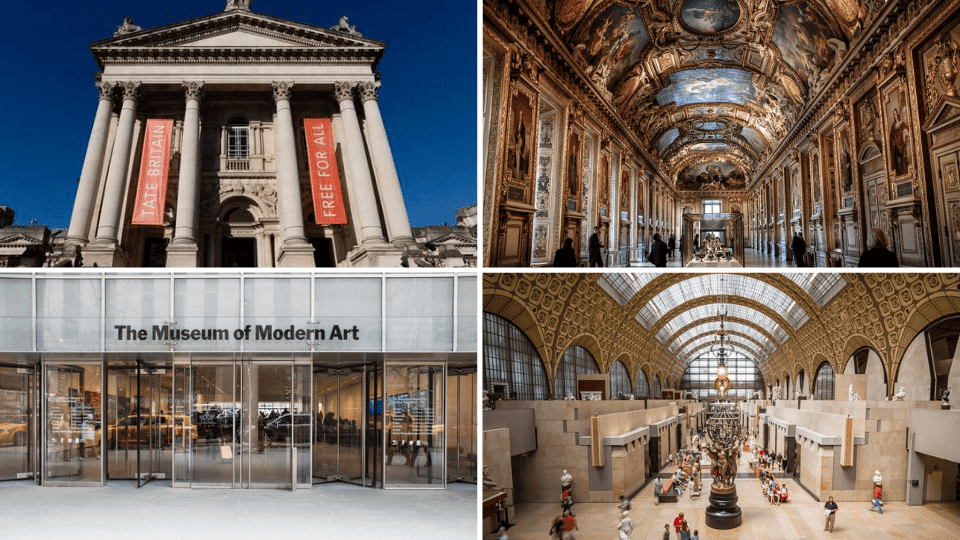
The world’s top art museums host vast collections, from ancient sculptures to modern paintings, offering experiences that showcase the evolution of art and allow visitors to witness masterpieces that have shaped artistic traditions for generations.
- The Louvre (Paris, France): Home to iconic figurative masterpieces, including Leonardo da Vinci’s “Mona Lisa,” ancient Greek and Roman sculptures like the Venus de Milo, and extensive collections of Renaissance and Baroque figurative paintings that showcase the technical pinnacle of representational art.
- Tate Modern and Tate Britain (London, UK): While Tate Modern balances modern and contemporary works across styles, it features significant figurative pieces by Francis Bacon and Lucian Freud.
- Museum of Modern Art (New York, USA): Houses 20th and 21st-century figurative works alongside abstract pieces. It features artists such as Pablo Picasso, Frida Kahlo, and contemporary figurative painters, demonstrating how representational art evolved from modernism into today’s diverse approaches.
- Musée d’Orsay (Paris, France): Specializes in Impressionist and Post-Impressionist art from 1848-1914, featuring works by Renoir, Degas, Monet, and Van Gogh that revolutionized how artists depicted the human figure, everyday life, and movement through looser brushwork and innovative color techniques.
Online Art Platforms Edition
The digital revolution has made art more accessible than ever, with virtual platforms offering opportunities to view, study, and purchase contemporary figurative art without geographical limitations
- Virtual Museum Tours: Google Arts & Culture collaborates with major institutions to offer high-resolution virtual tours of art galleries.
- Online Art Marketplaces: Platforms like Artsy, Saatchi Art, and Singulart showcase contemporary art from thousands of artists worldwide, offering detailed images, artist bios, and direct purchasing options, with prices ranging from affordable prints to investment-grade originals.
- Artist Portfolio Platforms and Social Media: Instagram, Behance, and ArtStation are virtual galleries where contemporary figurative artists showcase portfolios, share creative processes, and sell directly to collectors. NFT platforms like Foundation and SuperRare feature digital figurative works with blockchain originality.
Conclusion
From ancient cave paintings to authenticated digital masterpieces, figurative art has proven its remarkable strength across millennia.
Now it’s your turn to visit a local museum, browse online galleries, or follow contemporary figurative artists on social media.
Let their art speak to you, challenge your perceptions, and remind you why humans have always needed to see themselves reflected in art.





